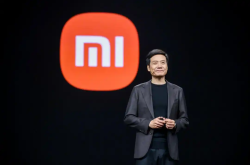The iPhone Advertising Slogan Has Also Taken a Hit
![]() 10/10 2025
10/10 2025
![]() 589
589
Does a higher zoom factor necessarily equate to seeing farther and with greater clarity?
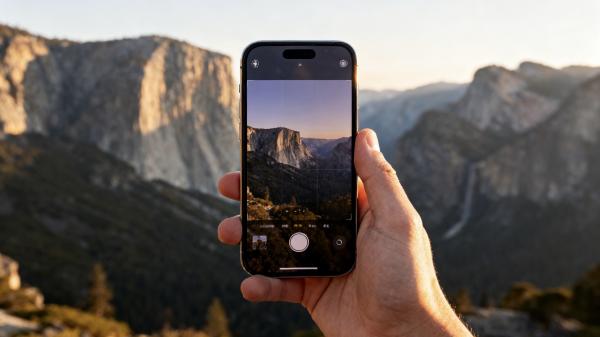
If someone mentions the zoom capability of their phone, be sure to inquire: Is it purely optical zoom?
This is crucial because Apple's newly launched iPhone series engages in some clever wordplay when it comes to zoom. The terms "optical quality zoom" and "optical zoom," though differing by only two words, carry distinct meanings.
Moreover, users of the new iPhone have reported frustration with issues like ghosting during night photography and the appearance of black squares under strong lighting, resulting in photos that are far from perfect.
Despite these photographic shortcomings, the new iPhone 17 has demonstrated impressive sales figures. Of course, in the midst of the concert craze, iPhones with limited zoom capabilities may be facing some pressure.
After all, the telescope-like long-focus capabilities of the vivo X200 and the anti-shake technology of the DJI Pocket 3 make the iPhone 17 seem less impressive. Whether photography enthusiasts will continue to favor iPhones remains to be seen and will be answered by time.
Zoom Wordplay
Every Mid-Autumn Festival, social media platforms are abuzz with moon photography contests. To stand out, a lens's zoom capability must be up to par.
Just before the Mid-Autumn Festival, Apple unveiled its new iPhone generation, with higher-end models boasting up to 8x zoom.
The iPhone 17 and iPhone Air both offer 2x zoom, with starting prices of 5,999 yuan and 7,999 yuan, respectively. The iPhone 17 Pro and iPhone 17 Pro Max provide 4x and 8x zoom, with starting prices of 8,999 yuan.
The iPhone equipped with 8x zoom has excited some long-focus enthusiasts. However, after adjusting the focus and capturing photos, they may be taken aback by the results.
This is because some 8x zoom photos and videos exhibit color discrepancies and noise when zoomed in, particularly during night photography, where blurry images are prevalent.
Why does the officially advertised 8x zoom fall short in terms of image quality? Some consumers have discovered that Apple is engaging in some wordplay regarding zoom.
On the detailed promotional page for the iPhone 17 Pro, the 8x zoom is not purely optical but rather optical quality zoom. However, in the parameter promotions for the entire iPhone series, the 8x optical quality zoom is still listed under the optical zoom options.
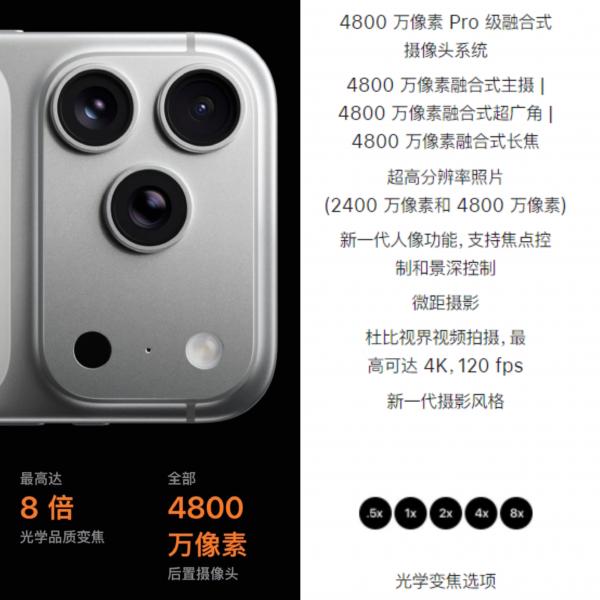
What is the difference between optical zoom and optical quality zoom? From an imaging process standpoint, 8x optical quality zoom achieves an 8x zoom effect through sensor cropping and algorithmic optimization based on 4x optical zoom.
In this context, the 8x zoom of the iPhone 17 Pro series is not a native 8x telescopic capability but incorporates technology and enhancements. It's akin to thinking you're drinking pure milk when, in reality, it's just a milk-flavored beverage.
This wordplay over zoom factors has left some consumers feeling betrayed by Apple. This sentiment intensifies when they compare it to the previous iPhone 16.
The reason is that the previous iPhone 16 Pro offered up to 5x optical zoom. The iPhone 17 series seems to have undergone a reverse upgrade in terms of imaging capabilities.
However, another perspective suggests that although the iPhone 16 Pro had a higher optical zoom factor, its telephoto camera was 12 megapixels, while the iPhone 17 Pro's camera is 48 megapixels. Therefore, the final imaging quality of this iPhone generation has seen improvements.
Is Photography a Fatal Flaw?
iPhone users, already frustrated by the wordplay, may find their 8x zoom less appealing. Moreover, they may encounter embarrassing situations in moon photography contests on social media.
Some users have reported seeing two moons in their iPhone 17 photos, with one bright and one dim, creating an intriguing contrast in the night sky.
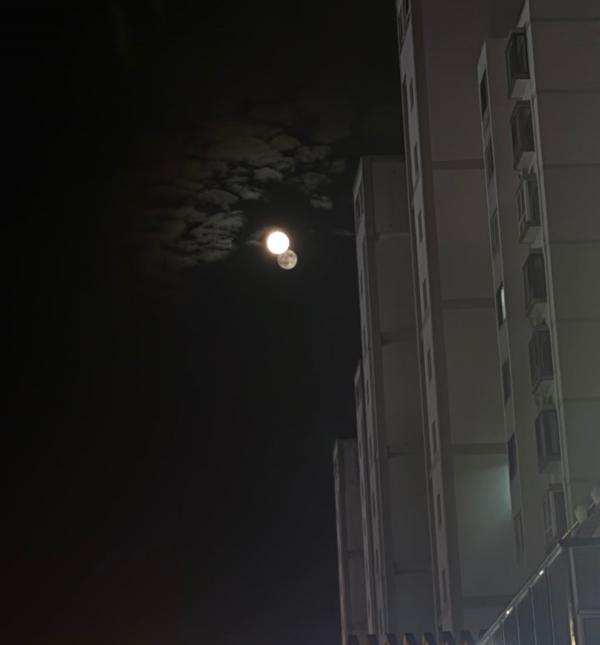
On the other hand, some users have also reported spotting unidentified objects in the sky when taking photos or videos with the iPhone 17, turning the eerie scenes from Van Gogh's 'Starry Night' into a reality through the iPhone lens.
For instance, a netizen named Xiao Ming used his iPhone 17 for a video call and noticed that the words on a street-side supermarket sign were reflected in the night sky. Another netizen, standing at a street corner to take night photos, saw an unidentified light source in the sky.
Pan Ge discovered that this ghosting issue with the iPhone 17 is not new. Xiao Ming told Pan Ge, 'My previous iPhone also had ghosting, but not as severe as this time. It was just two small dots before.'
Xiao Ming also mentioned to Pan Ge, 'After taking the phone to the Apple store, the hardware test showed no issues. They said it was an optical imaging problem and couldn't be resolved.'
Apple's official customer service told Pan Ge, 'This is not a hardware issue but a physical phenomenon caused by light reflection and refraction on the lens's protective glass and coating when users take photos at night.'
The potential for ghosting in photos discourages iPhone users from capturing night scenes. On the other hand, the newly released iPhone may also remind users of the Rusty Lake game.
Many users have noticed that when taking photos or live images with the new iPhone, black squares occasionally appear, especially when photographing screens or performance stages. The scattered black squares can trigger trypophobia.
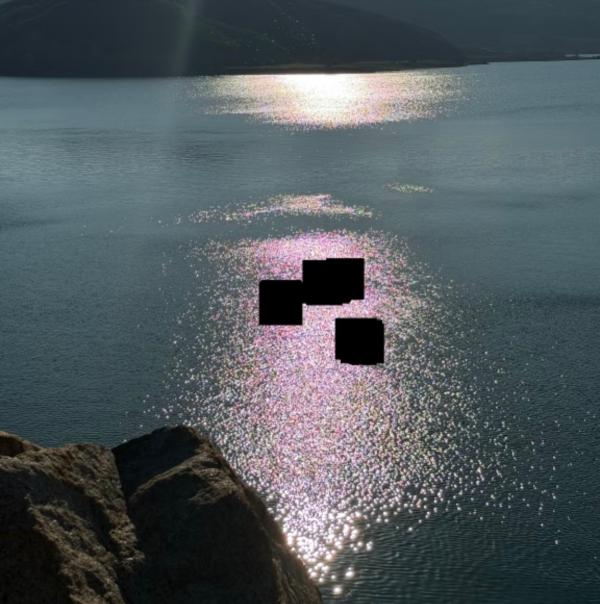
Pan Ge learned that this phenomenon may occur due to the camera sensor being exposed to strong light, causing signal overload and data processing errors.
On the other hand, Apple has also stated, 'This is an extremely rare phenomenon that only occurs when the LED lights are extremely bright and directly facing the camera. We have found a technical solution and will release a software update to fix it.'
Why Do Users Need Long-Focus Capabilities?
Although this iPhone generation has faced significant criticism regarding its camera performance, its sales have been remarkable.
According to data from Digital Chat Station, since its release on September 19th this year, the iPhone 17 series has achieved 1.03 million domestic activations in its first week. Compared to the iPhone 16 series, first-week sales increased by 47.56%, with 235,000 units sold for the standard version, 393,000 units for the Pro version, and 402,000 units for the Pro Max version.
Meanwhile, regarding the much-criticized zoom factor, some netizens believe that Apple's decision not to follow domestic manufacturers in maximizing zoom capabilities is not due to a lack of ability but rather a lack of necessity.
Photography enthusiast Ah Huang said, 'A slight change in the optical structure of a phone lens can lead to a series of issues: increased thickness due to a longer focusing distance, decreased shooting experience due to slower focusing, the need for better shock absorption due to increased vibration, and the need to redesign the structure due to reduced light intake.'
In this light, although the new iPhone may fall short in some photographic aspects, it still has a loyal fan base. Additionally, some users' insistence on zoom capabilities is not overly picky but stems from genuine needs.
After all, concerts, music festivals, and other performing arts events are increasingly popular among young people. To capture stunning live scenes, users must continuously seek cutting-edge technological devices.
For example, the vivo X200 Ultra phone supports 3.7x optical zoom. When paired with an external Zeiss telephoto lens, it can achieve up to 8.7x pure optical zoom and 105x digital zoom, effectively turning the phone into a telescope.
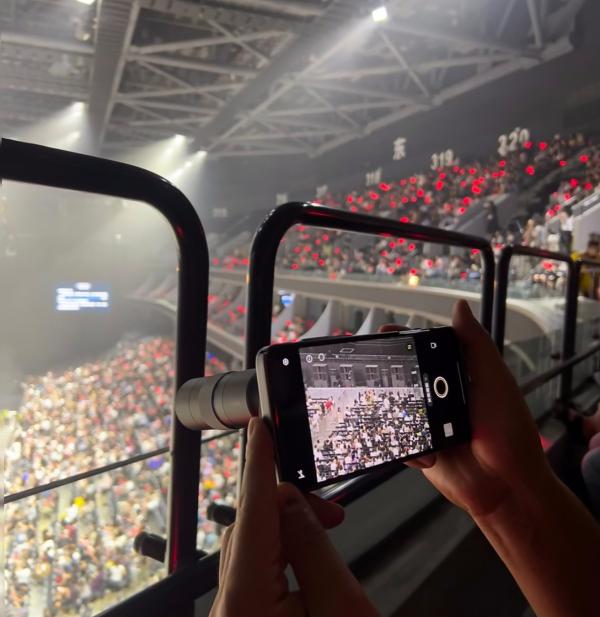
On the other hand, although the DJI Pocket 3 only offers 4x zoom, its anti-shake technology makes it a popular choice for concert-goers. Holding it up to cheer wildly for their idols, users can still capture stable footage.
It is evident that as consumer demands evolve, digital manufacturers must adjust their product designs accordingly. Whether the iPhone, once a photography powerhouse, can maintain its product competitiveness amidst competition from multiple rivals remains to be seen, as sales figures will provide the answer in due course.


